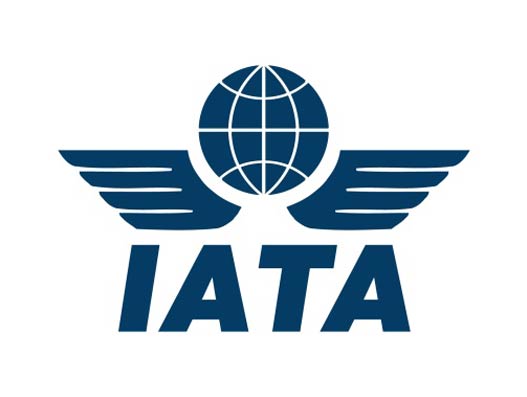
Airlines to see strong profitability in cargo and passenger revenues in 2018: IATA
January 31, 2018: IATA’s recently released ‘Airline Business Confidence Index’ signaled robust demand for air cargo and passenger business, which is likely to boost the profitability of the airline industry during 2018. During early January, had conducted a survey, where 75 percent of airline CFOs and heads of cargo beckoned an improvement in the year-on-year […]

January 31, 2018: IATA’s recently released ‘Airline Business Confidence Index’ signaled robust demand for air cargo and passenger business, which is likely to boost the profitability of the airline industry during 2018.
During early January, had conducted a survey, where 75 percent of airline CFOs and heads of cargo beckoned an improvement in the year-on-year profitability during Q4 FY2017, compared to the same period in 2016. Majority of respondents (56 percent) expressed hope that their profitability levels will improve further over next 12 months.
According to IATA, the positive outlook was backed by a robust growth outlook in the passenger and freight business. Interestingly, 86 percent respondents expected passenger volumes to rise during the year, which is highest in the last one decade.
Similarly, 38 percent respondents expected increase in input costs during Q4 FY2017 compared to the same period a year ago, with many hinting on the adverse impact of mounting fuel prices. The upward trend in oil prices is expected to further impact airline costs in the future.
The outlook for employment over the next 12 months looked positive. About 37 percent respondents expressed employment to rise, said IATA.
The proportion of respondents who expected profits to fall over the next 12 months was high since Q2 2017, with majority of them expected adverse impact of higher oil prices on profitability.
DEMAND GROWTH
On the passenger side, the survey indicated demand to continue in 2018. About 81 percent respondents expected an increase in year-on-year demand in Q4 FY2017. However, respondents expected passenger volume to remain unchanged at a two-year low (9.5 percent).
About 86 percent respondents expected passenger volumes to rise further during the year, which remains highest in the decade. With less than five percent expected a fall in demand, the forward-looking weighted-average score rose to its highest level since Q4 FY2013.
Recent and expected change in cargo volumes:

The backward and forward-looking questions for freight demand yielded same results. About 63 respondents expected a year-on-year rise in demand over previous three months, which was high since Q2 FY2011.
INPUT COSTS
About 38 percent respondents expected an increase in unit input costs during Q4 FY2017, a high since Q1 2017, with many indicated the adverse impact of higher fuel prices. With 41 percent expected no change in input costs, the backward-looking weighted-average score was above the 50-mark for the third time in last 19 quarters.
Rising fuel prices was the key driver for 34 percent respondents who expected input costs to surge over next 12 months. About 22 percent expected input costs to decrease over during the year, driven by internal productivity gains and cost reduction programs, including adoption of fuel-efficient aircraft.
YIELD ENVIRONMENT
About 55 percent respondents expected higher passenger yields during Q4 FY2017 compared to a year ago, marking a decline from 65 percent in the last survey, but remained second highest proportion since mid-2012. The result suggested that passenger yields have been trending upwards, although clear evidence was awaited in the ticketing data. About 80 percent respondents expected yields to remain steady or to increase during the year.
Recent and expected change in cargo yields

About 41 percent respondents expected an annual increase in freight yields during Q4 FY2017, which is the second highest since July 2011. A majority of respondents (48 percent) expected yields to remain unchanged during the year, while 32 percent expected yields to increase further. The weighted average score dipped marginally compared to the previous survey, but remained above the 50-mark.
EMPLOYMENT
About 39 percent respondents expected an increase in employment levels during Q4 FY2017, which was relative to the same period in 2016, but slightly below the outcome of the previous survey. About 19 percent respondents expected a decline in employment levels during Q4, down from 21 percent compared to the last quarter.
Meanwhile, about 37 percent respondents expected employment to increase during the year, but majority of them anticipated a rise in demand.

